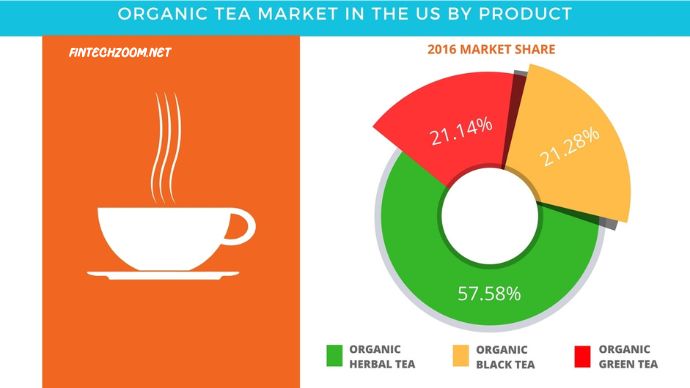Tea, a timeless beverage with a rich cultural history, has transcended borders to become a global phenomenon. In this comprehensive analysis, we delve into the intricacies of the Tea Market, exploring its size, growth, and future forecasts.
The Essence of Tea
Unraveling the historical journey of tea, we navigate through its various types, each possessing unique characteristics that contribute to the diverse world of tea consumption.
The Global Tea Market Overview
We present a statistical snapshot of the global tea market, highlighting key players and market dynamics shaping its trajectory.
Factors Influencing Market Size
Examining cultural trends and the impact of health and wellness movements, we identify the factors influencing the size of the tea market.
Market Growth Analysis
Exploring emerging markets and technological advancements, we analyze the factors propelling the growth of the tea market.
Future Forecasts and Projections
Anticipating the future, we discuss the role of sustainability in tea production and make predictions for the market in the coming decade.
Tea Market Analysis – Market Size, Market Growth, and Forecasts
Unveiling crucial insights, this section delves into the heart of the matter, providing an in-depth analysis of the tea market’s current scenario.
FAQs
How is Tea Production Impacting the Environment?
Tea production, while a thriving industry, does have environmental implications. Extensive land use, water consumption, and the use of pesticides can contribute to ecological challenges. However, sustainable farming practices and eco-friendly certifications are gaining momentum, aiming to minimize the environmental footprint of tea cultivation.
What Role Does Technology Play in Tea Cultivation?
Technology is revolutionizing the tea industry, from precision farming techniques to innovative processing methods. Drones monitor plantations, artificial intelligence optimizes crop yield, and blockchain ensures transparency in the supply chain. These advancements not only enhance efficiency but also contribute to the production of high-quality teas.
Predictions for Consumer Preferences in Tea?
Consumers are becoming more discerning in their tea choices. There is a growing demand for specialty and artisanal teas, driven by a desire for unique flavors and health benefits. As preferences evolve, we anticipate an increased focus on sustainable and ethically sourced teas, reflecting the global shift towards conscious consumerism.
Addressing Concerns About Caffeine in Tea?
Caffeine content is a common concern for tea drinkers. While tea generally contains less caffeine than coffee, it’s essential for consumers to be aware of their caffeine intake. Opting for herbal teas or decaffeinated options provides alternatives for those seeking to reduce their caffeine consumption while still enjoying the rich flavors of tea.
Global Distribution Trends in the Tea Market?
The global distribution landscape for tea is undergoing transformations. E-commerce platforms have surged in popularity, offering a convenient way for consumers to access a wide variety of teas. Direct-to-consumer models, subscription services, and specialty tea shops are reshaping how tea reaches consumers, emphasizing accessibility and a personalized shopping experience.
Conclusion
As we embrace the future of the tea market, it’s evident that this ancient beverage continues to evolve, adapting to changing times and consumer preferences.

